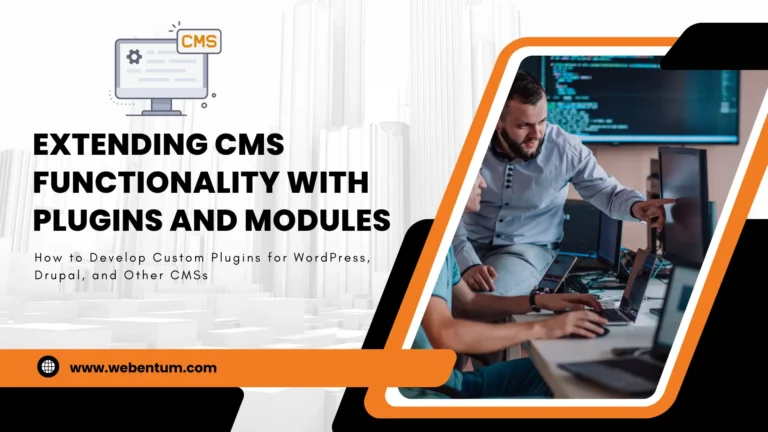A Comprehensive Guide to Migrating Content Between CMS Platforms

Migrating content between CMS platforms can be a daunting task, but with careful planning and execution, it can lead to significant benefits such as improved functionality, better user experience, and enhanced scalability. Whether you’re switching to a more robust system or simply updating to a newer platform, this guide will walk you through the essential steps for a successful CMS migration.
1. Assess Your Current CMS and Define Objectives
Before initiating the migration process, it’s crucial to evaluate your current CMS setup. Identify the limitations and pain points that prompt the need for migration. Clearly define your objectives, such as improved performance, enhanced security, better content management capabilities, or a more user-friendly interface.
2. Choose the Right CMS Platform
Selecting the right CMS platform is critical for a smooth transition. Consider factors such as ease of use, customization options, scalability, support, and cost. Popular CMS options include WordPress, Drupal, Joomla, and Magento, each offering unique features and benefits.
3. Backup Your Content
Before making any changes, ensure you have a complete backup of your current website. This includes all content, media files, databases, and configurations. A backup acts as a safety net, allowing you to restore your site if anything goes wrong during the migration process.
4. Plan Your Migration Strategy
Develop a detailed migration plan outlining the steps involved, the timeline, and the resources required. Determine the migration method—manual migration, automated tools, or hiring a professional service. Assign roles and responsibilities to team members to ensure a coordinated effort.
5. Content Inventory and Cleanup
Conduct a content inventory to identify the content that needs to be migrated. This is an excellent opportunity to clean up outdated or irrelevant content, ensuring that only valuable and up-to-date information is transferred to the new CMS. Organize your content into categories and prioritize the migration sequence.
6. Set Up the New CMS
Install and configure the new CMS platform according to your requirements. Customize the design, layout, and functionalities to match your brand and user experience goals. Install necessary plugins, modules, or extensions to enhance the CMS’s capabilities.
7. Migrate Content
Transfer your content from the old CMS to the new one. Depending on the complexity and volume of content, this can be done manually or using migration tools. Ensure that all text, images, videos, and other media files are accurately migrated without any data loss or formatting issues.
8. Preserve SEO and URL Structure
Maintain your SEO rankings by preserving the URL structure and implementing 301 redirects for any URL changes. Update metadata, alt tags, and other SEO elements to ensure your site’s search engine visibility remains intact. Use tools like Google Search Console to monitor and address any SEO issues post-migration.
9. Test Thoroughly
Conduct extensive testing to ensure that the new CMS is functioning correctly. Test all pages, links, forms, and interactive elements to identify and fix any issues. Check for broken links, missing content, or formatting inconsistencies. Test the site’s performance and responsiveness across different devices and browsers.
10. Go Live and Monitor
Once you are confident that everything is in place, proceed with the final migration and go live with the new CMS. Monitor the site closely for any post-launch issues. Be prepared to address any unexpected problems promptly to minimize disruption to your users.
Conclusion
Migrating content between CMS platforms is a complex but rewarding process that can significantly enhance your website’s performance and user experience. By following a structured approach and paying attention to detail, you can ensure a smooth transition and unlock the full potential of your new CMS platform. Remember, the key to a successful migration lies in careful planning, thorough testing, and ongoing monitoring to maintain and improve your site’s functionality and user satisfaction.





